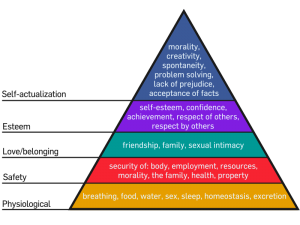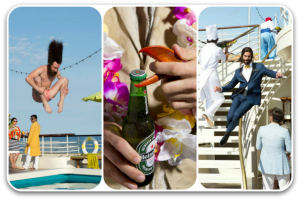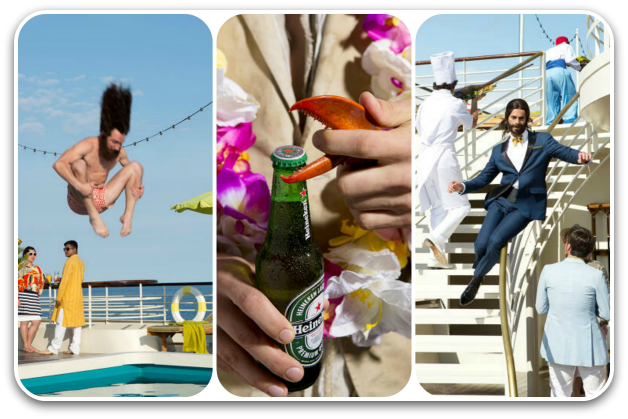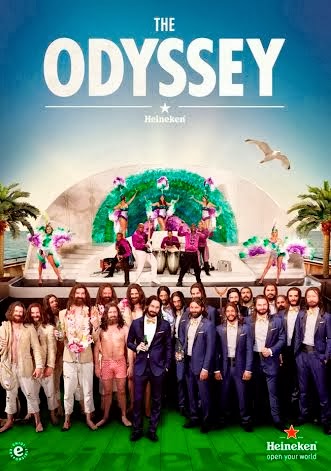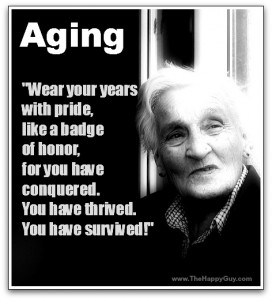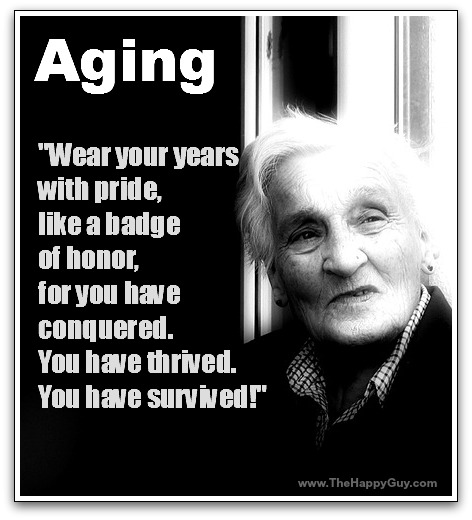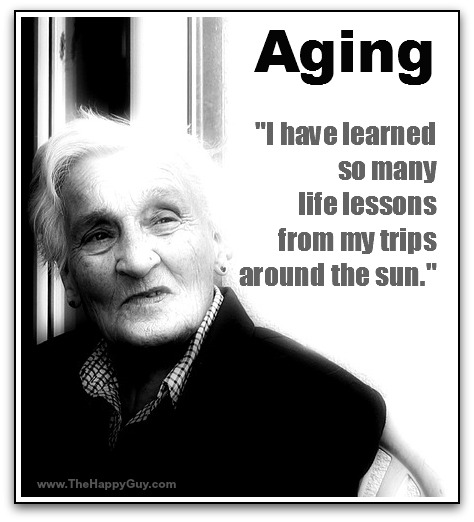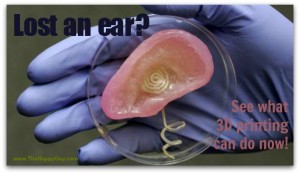Some things are obvious. Refinancing your mortgage is not. Here are all the things you need to consider to make sure that refinancing actually saves you money.
When to refinance your mortgage is a much more complicated question that might appear at first glance, especially if you want to save the most money.
There are many factors to consider before making the decision. And if you miscalculate, you might end up paying more in the end than if you left your mortgage as it currently stands, which would kind of defeat the point of refinancing. [Read more…]






